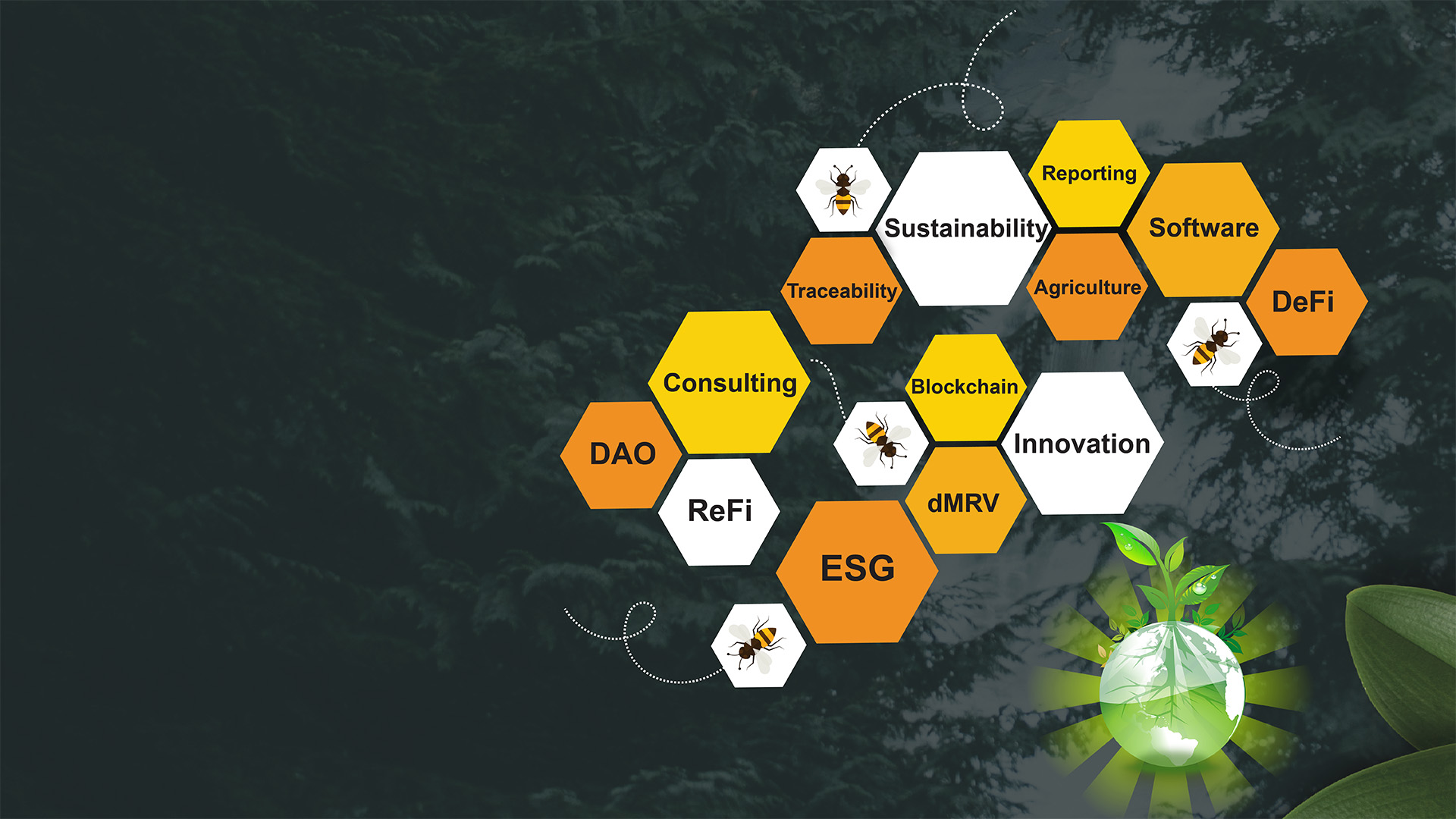Connecting the Dots, Sustainable Agriculture, Climate Change and Value Creation
dMRV, Web 3, On-chain, Tokenization, Marketplace
18th Jan 2023
Prabir Mishra , TRST01

Sustainable agriculture is a growing concern as the world’s population continues to increase, putting pressure on land and resources. We must find ways to produce food more sustainably, not only to feed the growing population but also to ensure that we are not depleting the earth’s resources and contributing to climate change. One solution to this problem is to improve living conditions for farmers and their communities by implementing sustainable practices and providing incentives through carbon credits. By providing farmers with the tools and resources they need to implement sustainable practices, we can help them to produce more food with fewer resources. This includes providing training on sustainable farming techniques, access to equipment and technology, and access to markets for their products. Additionally, by investing in infrastructure and services such as clean water and sanitation, we can help to improve the overall health and well-being of farmers and their communities.
Sustainable agriculture is crucial for reducing greenhouse gas emissions and addressing the challenges of climate change. One area of particular concern is the production of methane in paddy fields. Rice cultivation is a significant source of methane emissions, accounting for 17% of India’s total greenhouse gas emissions. Methane is a potent greenhouse gas, with a global warming potential 28 times greater than carbon dioxide over 100 years. Reducing methane emissions from paddy fields is crucial for addressing climate change and achieving sustainable agriculture.
Aerobic rice cultivation is one way to reduce methane emissions from paddy fields. This method involves flooding the areas with only enough water to cover the soil rather than submerging the entire field as traditional paddy cultivation does. Keeping the soil aerobic or oxygen-rich makes the environment less conducive to methane-producing microbes. This can lead to a 50-70% reduction in methane emissions compared to traditional paddy cultivation methods.
Another strategy for reducing methane emissions from paddy fields is alternative wetting and drying (AWD) techniques. In this method, farmers alternate between flooding and draining the fields, which allows for better oxygenation of the soil and reduces the amount of time the soil is submerged. This can also lead to a significant reduction in methane emissions, up to 50%.

Digital measurement reporting and verification (dMRV) are essential tools for achieving sustainable agriculture and measuring Climate Action. They provide a way to accurately track and report on the progress of sustainable farming practices and to verify that farmers are indeed implementing sustainable practices on their land. One of the key benefits of digital measurement reporting is that it allows for real-time data collection and analysis.
The process includes using sensors, drones, satellites, and other digital tools to collect data on emissions, energy consumption, and other indicators of climate change.
dMRV improves the accuracy and transparency of climate action. dMRV allows governments, organizations, and individuals to track the progress of Climate Action. dMRV also enhances the effectiveness of climate change mitigation and adaptation efforts and ensures they are aligned with the process and methodologies of Defined Climate Mitigation Practices. dMRV facilitates sharing of information and best practices among different stakeholders and provides a basis for effective policy-making and decision-making. Moreover, it provides a means for monitoring and reporting on the progress of SDGs. Overall, dMRV is crucial for achieving a sustainable and climate-resilient future. So far, TRST01 has enabled four dMRV processes for Climate Action, including Methane Reduction in Paddy fields, Urban Forestry, Bio-gas and EV charging stations and EV Vehicles.
dMRV data on Blockchain makes Climate Action discoverable. Data on-Chain allows the creation of tamper-proof and transparent records with traceability. dApp (decentralized application) and IPFS (InterPlanetary File System) makes Climate action data discoverable.
Climate Action data in the web3 ecosystem is discoverable through various decentralized platforms and applications that are built on blockchain technology, such as
- Climate Impact Tracking Tools: These tools use blockchain technology to track the environmental impact of various industries and businesses, allowing users to make informed decisions about their consumption and investments.
- Carbon Credit Platforms: These platforms allow individuals and businesses to offset carbon emissions by purchasing carbon credits from verified carbon reduction projects. This data can be tracked and verified on the Blockchain, making it easily accessible and transparent.
- A Carbon Credit marketplace on the web3 ecosystem is a decentralized platform that allows individuals and businesses to offset their carbon emissions by purchasing carbon credits from verified carbon reduction projects. These carbon credits represent a reduction of one metric ton of carbon dioxide equivalent; the web3.0 platform provides an opportunity to fractionalize one Carbon Credit.
Some potential features of a carbon credit marketplace on web3 include the following:
- Verified Carbon Reduction Projects: The platform would only allow carbon credits from verified projects independently audited and certified to meet specific standards for reducing greenhouse gas emissions.
- Smart Contract Automation: The platform would use smart contracts to automate the purchase and sale of carbon credits, reducing the need for intermediaries and increasing efficiency.
- Data Transparency: The platform would provide transparent and easily accessible data on the carbon offset purchases of individuals and businesses, allowing for greater accountability and transparency.
- Tokenization: The tokenized Carbon Credit allows themselves to be easily traded and transferred on the Blockchain.
Overall, a carbon credit marketplace on web3 would provide a transparent and efficient way for individuals and businesses to offset their carbon emissions and contribute to the fight against climate change.
connect with us journey@trst01.com
Share Blog on: